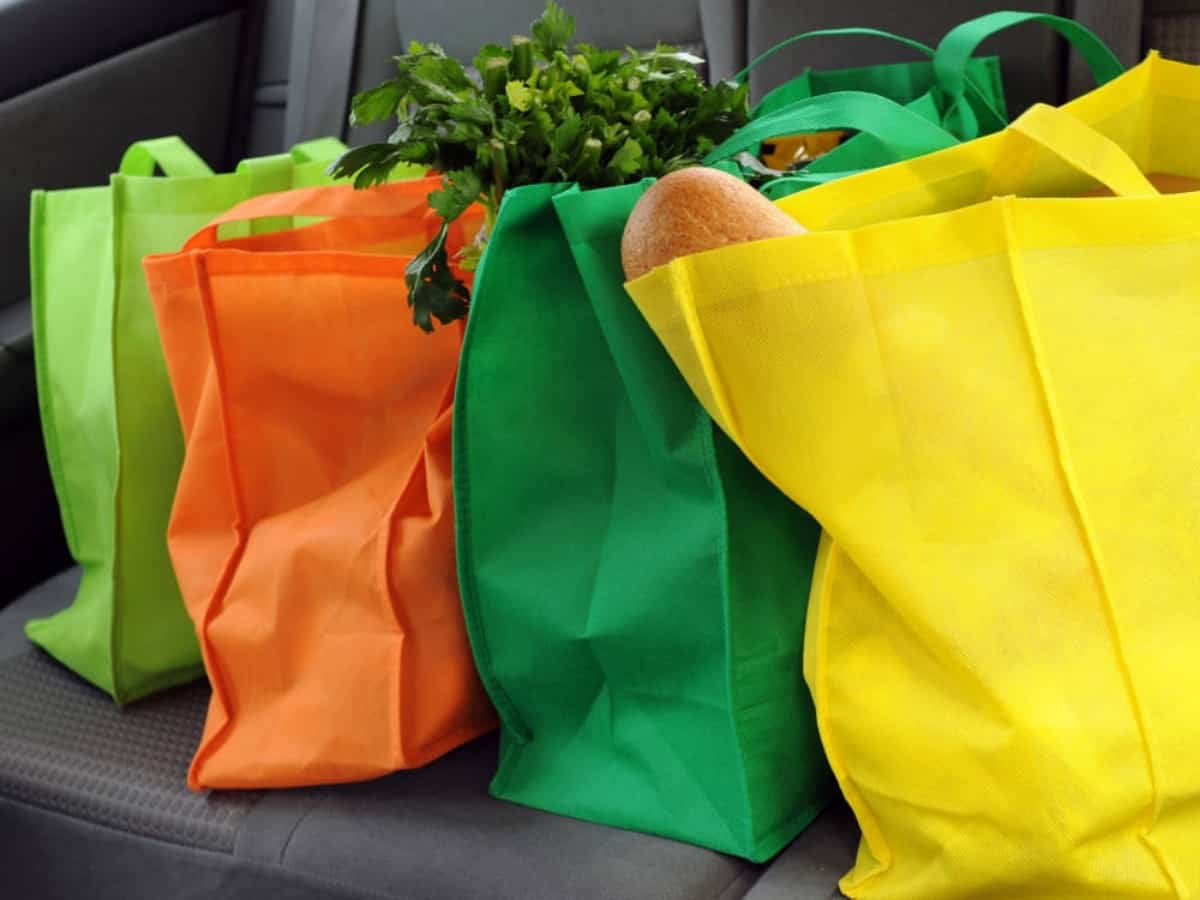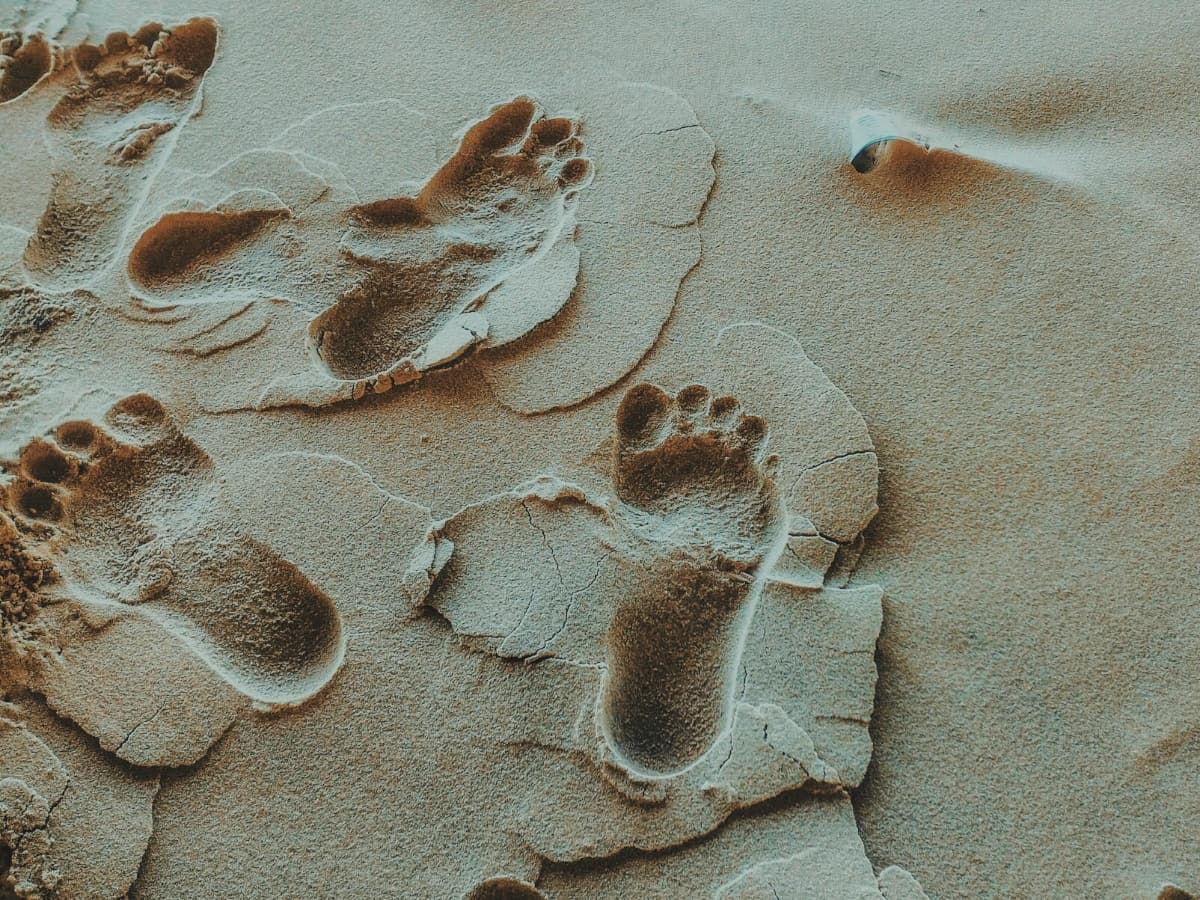There are many issues facing our planet these days, from the melting of glaciers to pollution in large cities. In order to reduce these problems, experts recommend that people minimize their carbon footprint. But, what is a carbon footprint?
Discover Energy Audits with Solar Energy and ONIT Home
Try our Free Energy Audit to make sure your home is performing at optimum energy efficiency. We’ll inspect every nook and cranny of your home to make sure it’s best serving your needs. We’ll also give you tips on lowering your energy bills, conserving energy, and creating a more efficient space. To learn more about how we can help you maintain a top performing home, visit us online to get started!
What Is A Carbon Footprint?
A carbon footprint is described by Nature as “the total amount of greenhouse gases (including carbon dioxide and methane) that are generated by our actions.”
Carbon footprints are determined by several factors, including:
- Transportation
- Electricity usage
- Dietary choices
- Purchasing habits
- General waste
- Where you live
The average carbon footprint for someone in the United States is 16 tons, with the global average at four tons. Lowering your carbon footprint isn’t something that is going to happen overnight. Like all good things, this takes time and consistency from everyone.
Want to know your exact carbon footprint? Use a carbon footprint calculator to measure it. This will tell you how many Earths it would take if everyone in the world lived in the same lifestyle as you.
Here are the top ten simple changes you can make to decrease your carbon footprint, starting today.

Step One: Eat More Plants
Have you ever heard of “Meatless Mondays?” Meatless Monday is one dedicated day a week where you only eat plant products, and nothing from animals. Reducing the amount of meat eaten will contribute to using less greenhouse gases.
Quick Facts:
- Livestock production creates more greenhouse gases than transportation (including cars, trucks, planes and trains in the whole world).
- Livestock production uses 75% of agricultural land
- One ¼ beef burger uses 425 gallons of water. That is enough water to fill 10 bathtubs.
- Producing one ¼ pound beef burger uses the same amount of energy it takes to charge an iPhone for six months.
- Skipping one serving of beef every Monday for one year is the equivalent of emissions from driving 348 miles in the car.
Step Two: Different Modes of Transportation
If you’re able to take public transportation, walk to work, or use a bike, take advantage of this! If you are not able to take advantage of those options, try ride-sharing, or see if you can work from home some days of the week.
Still not possible? You can make a switch where you do all your grocery shopping on your way home from work, instead of driving to work, driving home, then driving to your errands. Stopping on the way home will save you gas money, and reduce your carbon footprint.
Step Three: Don’t Buy “Fast Fashion” and Don’t Throw Away Your Old Clothes
Fast fashion is trendy, cheap items that go out of style faster than you cut the tag off. Instead, shop at flea markets, consignment stores, or shop from your friends closets if they are getting rid of clothing.
Also, make sure you’re not throwing away your clothing, as this creates methane in our landfills. Instead, repurpose your clothing, gift it, or donate it. There is always someone in need.
The smartphone app Poshmark is a great resource for clothing. You can sell your gently used clothing for profit, or buy someone else’s clothing at reduced prices.

Step Four: Skip Plastic, Use Reusable Bags
It’s widely known that plastic bags are filling our landfills, ending up in the ocean, and causing global issues. Instead of using a plastic bag that you’ll end up throwing away, invest in reusable bags for your groceries.
Some cities across America have already banned single-use plastic bags, such as Boston, Chicago, Los Angeles, Seattle, and the whole state of New York.
Step Five: Buy Energy Efficient Appliances
Refrigerators, dishwashers, and laundry machines that are old have a strong likelihood that they are not energy efficient, and are causing you to have higher bills. Investing in energy efficient appliances will help you, and your carbon footprint in the long run.
Step Six: Change Shower Habits
Did you know that turning your water heater down from 140 degrees to 120 degrees Fahrenheit will save 550 pounds of carbon dioxide a year? This can also save you $40.
Installing a shower head that reduces pressure can save the amount of water used during your shower and can reduce your carbon footprint. Taking shorter showers is always beneficial. If this is a struggle, there are timers that you can put in your shower so you know exactly how much time you’re spending in there.

Step Seven: Rethink The Way You Travel
Traveling by airplane is a huge toll on greenhouse gas emissions. If possible, see if you can take a train somewhere or drive. If your destination is close, opt into driving, or see if you can rent a hybrid car. This is a great solution to a traveling problem.
If you absolutely must fly, try to do nonstop flights to reduce your carbon footprint.
Step Eight: Only Use Appliances When Full
This step is easy. Try to only run your dishwasher when it is full, or try to only wash your clothes when you have a full load. Whether your machine is half full, or completely full, you are using the same amount of water. Try to minimize the amount of times you have to run this machine. This will save you on your water bill, and your electricity bill as well.
Step Nine: Reduce What You Throw Away
Repurposing your items is fun to do, and a great way to minimize your carbon footprint. Instead of throwing away an old chair, buy the materials to reupholster it. You’ll save money, and you won’t be throwing away a perfectly good piece of furniture. You’ll learn a new skill, and maybe even have a little bit of fun!
If you’re looking to get rid of an item, always donate it or try to sell it to a consignment store or friend. There are great applications where you can sell your furniture, as well. Some recommended sources are: Facebook Marketplace, Nextdoor, eBay, Craigslist, and OfferUp.
Step Ten: Education!
Lastly, the biggest resource we have is education. Once you start making these steps, encourage those around you to make the same adjustments. We all share this Earth, and in order for positive change to occur, we all have to do our part.
If you’re still wondering what is a carbon footprint and wanting to learn more, there are great resources out there for education. Here are five great sources for education:

Other Ways To Minimize Your Carbon Footprint: Solar Panels
There are so many different avenues you can take to keep our planet clean and green. Solar panels are a great solution to eliminate non-renewable energy and lower your bills.
ONIT is dedicated to giving excellent service to those who are interested in solar panels. From our experienced installation to our knowledgeable team, we are here for every need. To learn more about solar panels, check out our guide to solar power, visit us online, or give us a call today at 1-833-433-0331.
ONIT Home is offering bundling deals you can’t resist. We’re offering bundled purchases with a $1,500 voucher to use on water filtration, solar panels, or security systems. Or, you can receive a $2,000 security system for only $1,000 with the purchase of a water filtration system. If you’re ready to get rid of your electric bill and go solar, we have a two week installation with a free home security and water filtration system. Whatever your needs are, we’re ONIT. Visit us online or call us at 1-833-433-0331.



